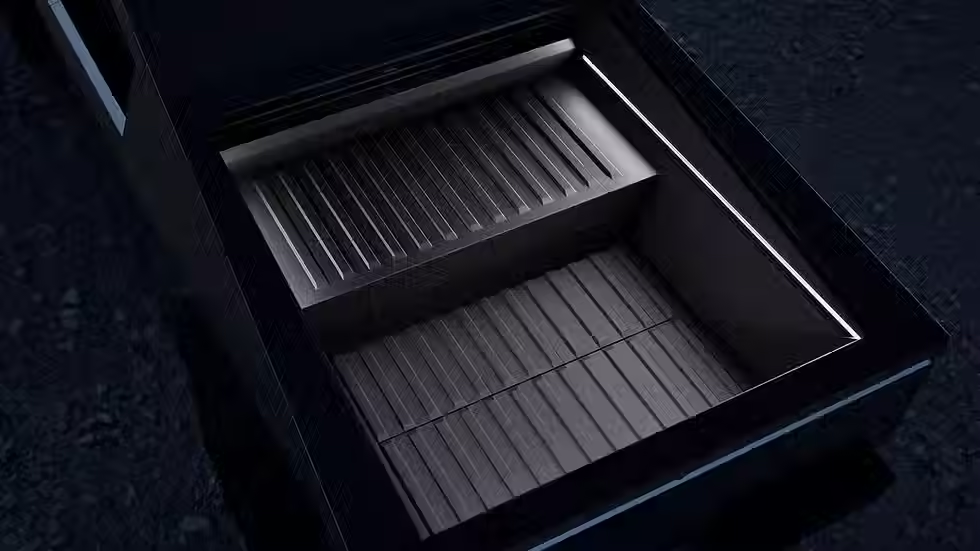Slate Auto Confirms Factory Site for Its $20,000 Barebones Electric Truck
- Learn My EV

- Apr 29
- 2 min read
Tuesday, April 29th, 2025, updated at 8:30 PM

Slate Auto, the EV startup making headlines for its radical $20,000 electric Truck, has officially announced the location of its future manufacturing facility. The company will retrofit a 1.4 million square foot facility in Warsaw, Indiana—a site that previously housed the R.R. Donnelley printing press operation before it shuttered in 2023.
The move marks a significant step for Slate, which only emerged from stealth mode last week but is already making waves in the EV sector for its unapologetically minimalist approach. With no paint, no touchscreen, no power windows, and no radio, the Slate Truck challenges every norm in modern automotive design. It also cuts through the complexity that bogs down much of the EV manufacturing process.
A Factory Without a Paint Shop
Because Slate’s body panels are made from specialized plastic and the vehicles are unpainted, the company avoids the staggering costs typically associated with auto paint facilities. For comparison, Mercedes-Benz reportedly spent $1 billion on a single paint shop. The production facility will also bypass large metal stamping machines, thanks to its plastic body design—eliminating another traditional manufacturing bottleneck.
American Jobs, American Materials
When operations begin—currently targeted for Q4 2026—Slate expects to employ 2,000 people at the Warsaw plant. That’s four times the number of jobs lost when R.R. Donnelley closed. Slate is also emphasizing its domestic-first strategy, with most components sourced from U.S.-based suppliers. According to Jeremy Snyder, the company’s Chief Commercial Officer, the entire truck is “designed, engineered, and manufactured in the U.S.”
Targeting Scale—Quickly
Slate’s facility will aim for an annual output of 150,000 trucks—a bold goal for a plant one-quarter the size of Tesla’s Fremont factory. Tesla took more than five years to reach a similar production volume, but Slate hopes its ultra-streamlined design and simplified supply chain will accelerate its ramp-up.
The Bigger Picture
Slate’s approach is disruptive by design. While competitors lean into luxury and technology, Slate is building what it calls the “minimum viable car.” At just 150 miles of range and stripped of all non-essentials, the vehicle aims to meet the needs of cost-conscious, utility-first buyers.
And with U.S. federal EV incentives potentially still in place when the Truck launches in 2026, the $20,000 price tag could fall even lower for qualified buyers—assuming legislative support continues.
In an era of six-figure electric pickups, Slate’s entry-level utility vehicle might just be the jolt the market didn’t see coming.




Comments